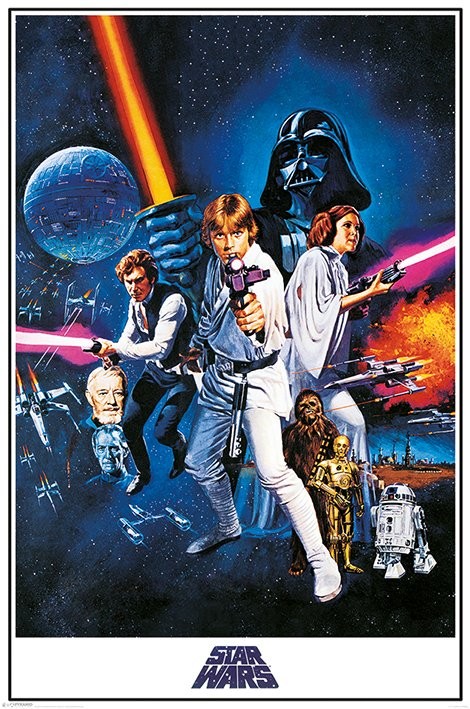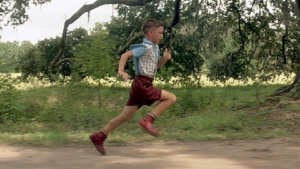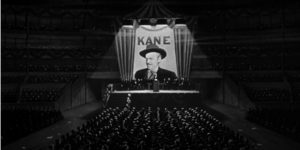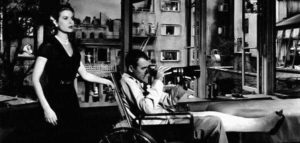The Soviet Montage is the practice of editing certain film clips or even photos together to send a specific message. This technique however was used for a very short amount of time. It lasted from 1924 until 1930 and only about 30 films have been made using this technique.
This method of filming came about after the Russian revolution in 1917. The filmers were low on supplies like film so they started experimenting with films that were used in earlier projects.
The man that was at the forefront of inventing this technique was Lev Kuleshov. He carried out an experiment where he would show the same picture of a woman paired with various images of food or something sad. He found that the viewers opinion of the woman’s facial features changed based off whatever picture was being shown with it. The viewers were unaware that the photo of the woman was the same in all pairings and their perspective was simply warped by the use of the other picture.
Sergei Eisenstein was a filmmaker best known for using Soviet montage. The reason for this is he wanted to spread propaganda that people didn’t need to be able to read in order to understand it. He wanted to “harness the emotion of the Russian people and lead them towards a new revolutionized society.” An example of this is his film October which was done in 1927. Eisenstein wanted to portray how he viewed religion and culture. He did this by connecting different religious scenes, one after another, until they began to blend together and gave off the notion that “all religion is the same”.
Sergei also used Soviet montage to distort the viewers perception of what was happening during a certain event. In his film Battleship Potemkin in 1925 he took a scene that in reality only lasted a couple of minutes and he altered the films so that it would seem to take seven minutes instead. Therefore changing the audience’s perception of what is actually happening and what’s just an illusion.
While the use of Soviet montage isn’t a regular thing there are newer movies that have utilized this technique. One example of this is the movie Rocky from 1976. There’s a montage of Rocky training for his upcoming boxing match. The scene shows him running long distances, punching things, running up stairs, all while a song is playing about working hard and getting strong. This editing method was used in this case to portray Rocky’s determination in his training for the big fight. It also shows a decent amount of time passing without the viewer having to actually sit through hours of film.
All in all Soviet montage was important in its time because it led to historical revisionism in a time where a fascist leader demanded socialist realism. It also created a form of propaganda that could be used to reach even illiterate people in a simple way.
Without Soviet montage theory, it would be more challenging for directors to get across their intended message or tone of the film. As stated earlier, Soviet montage is used in the movie Rocky while he is training for his fight but without the inspirational music playing in the background, the clips of him training would not have the same effect. Soviet montage is important to cinema because without it, directors would not be able to display on film what they may be imagining in their head without the right tone or context.
http://warrior-fighter.blogspot.com (Links to an external site.)
https://filmstudies.info/terminology/manuscripts/soviet-montague.html







